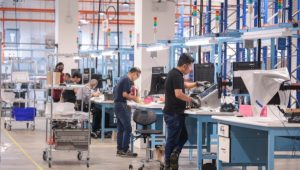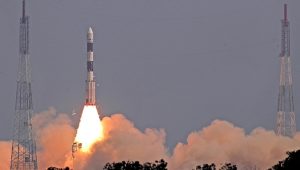Researchers at the Indian Institute of Science (IISc) have designed a sustainable hydrogel to combat the threat of microplastics in water. These minuscule plastic pieces, which are present in even the most isolated areas, such as the deep oceans and polar ice caps, pose a threat to both human health and the ecosystem.
Utilising a polymer network, the innovative hydrogel created by IISc binds and breaks down microplastics when exposed to UV light. This environmentally friendly alternative to clogging filtering membranes uses 3D hydrogels that intertwine layers of chitosan, polyvinyl alcohol, and polyaniline. Nanoclusters of copper replacement polyoxometalate that are embedded in hydrogel help break down microplastics when exposed to UV light.
To mimic real-world scenarios, the team created microplastics from crushed household plastics. They included a fluorescent dye inside the microplastics so they could monitor the hydrogel’s durability and effectiveness. The hydrogel demonstrated durability at different temperatures and a high degree of efficiency in eliminating up to 95% of microplastics at a pH close to neutral.
The substance continued to be effective after up to five cycles of removing microplastic. Furthermore, the hydrogel can be recycled into carbon nanoparticles to extract heavy metals from contaminated water after use.
This invention presents a viable countermeasure to the pervasive hazard of microplastic contamination.















